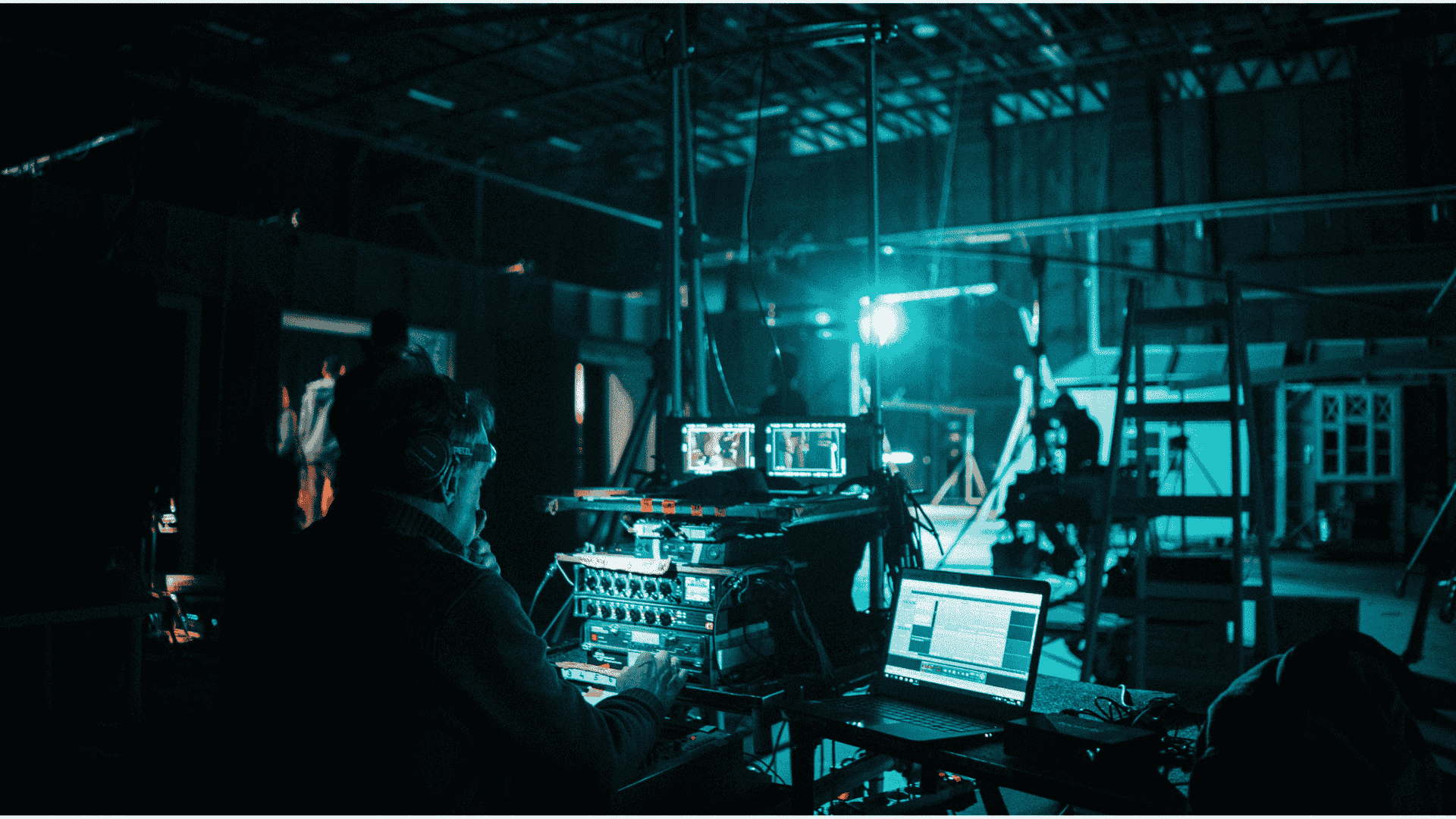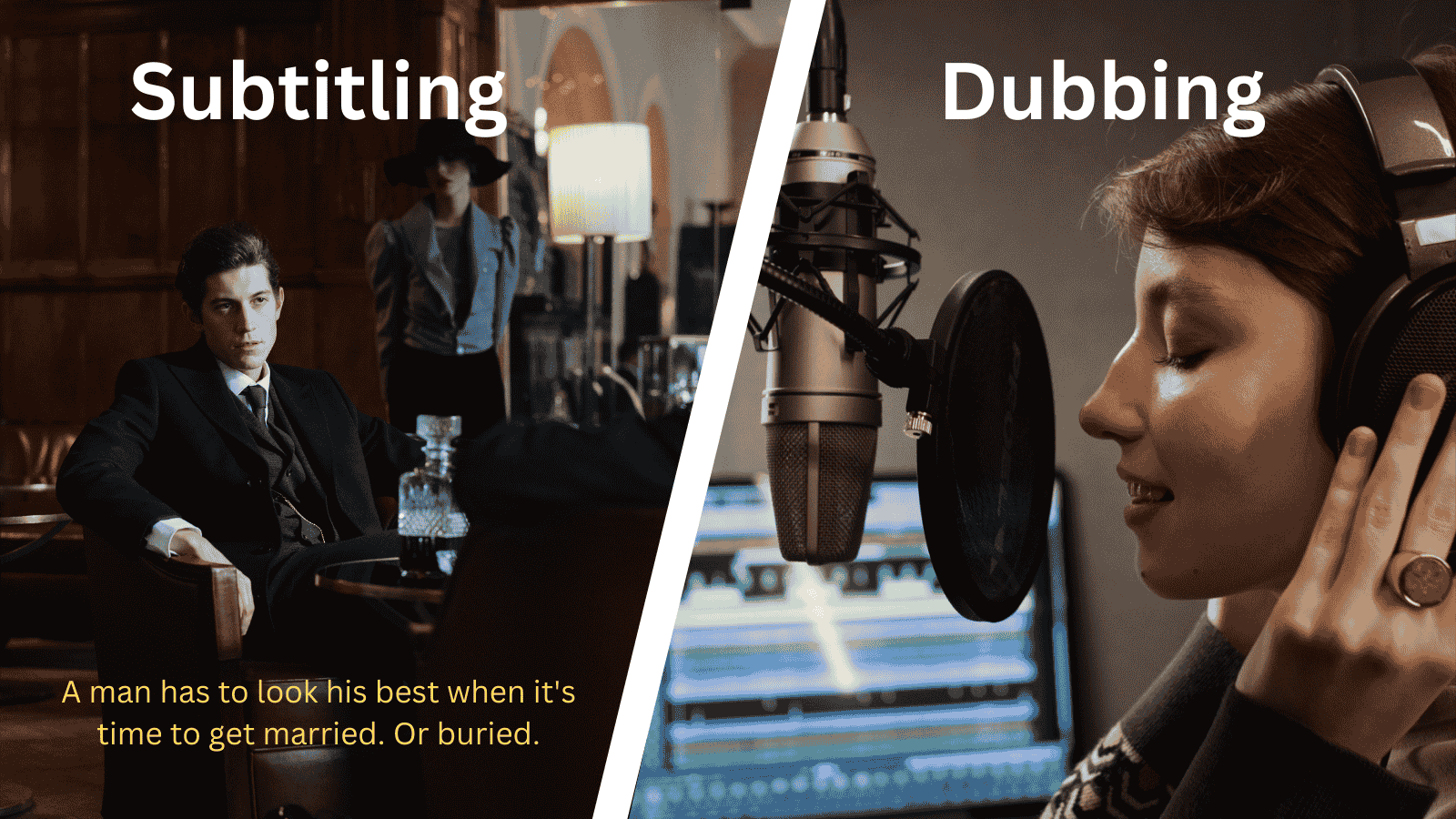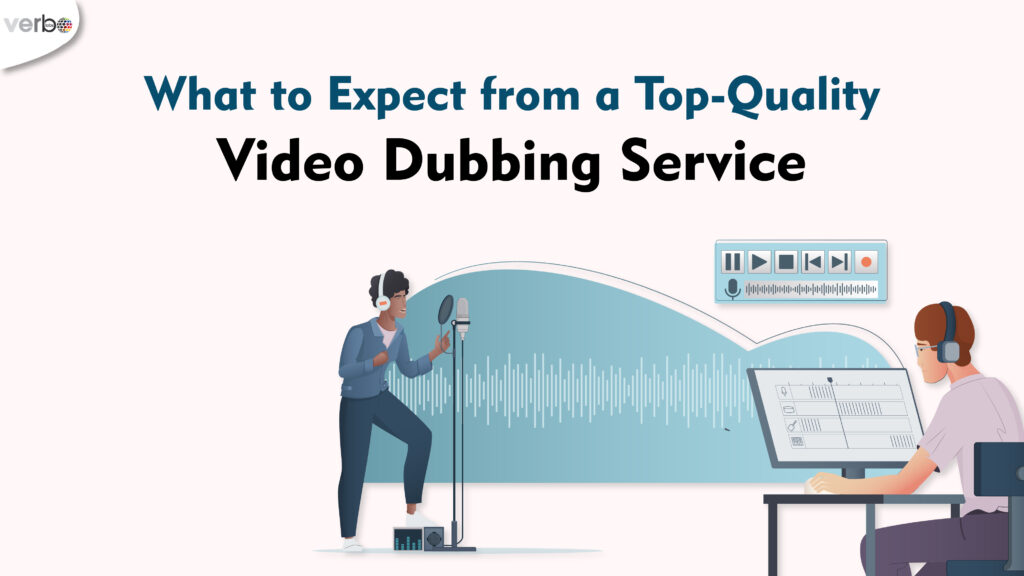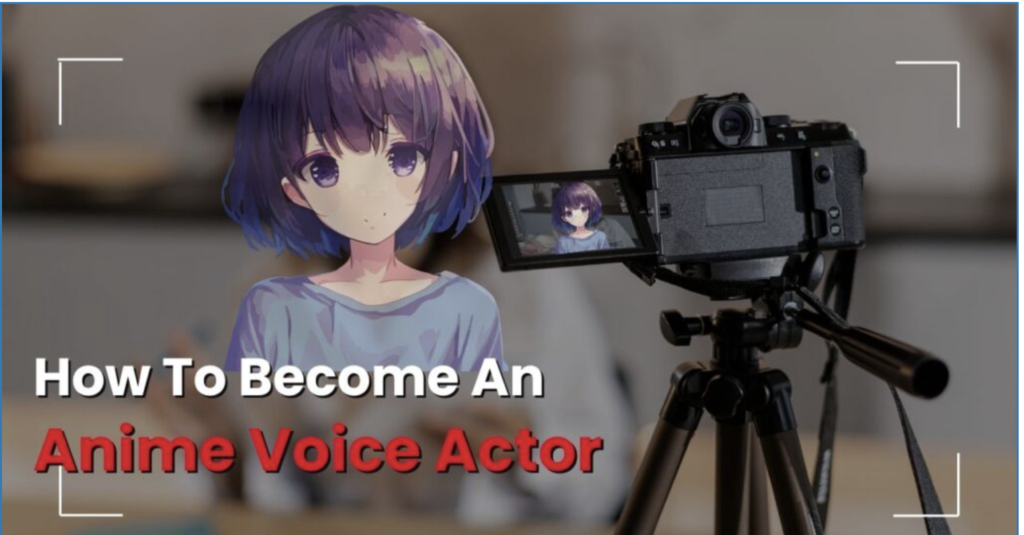
In 2025, international film festivals are experiencing a major shift: more films are being dubbed instead of subtitled. While subtitles have long been the go-to method for translating foreign films, dubbing is becoming the preferred choice for accessibility, immersion, and wider audience appeal. This trend reflects both audience demand and technological advancements in AI dubbing, which make the viewing experience smoother and more authentic. The ongoing debate around film dubbing vs subtitles is now taking a new turn, as audiences increasingly favor dubbed versions that allow them to focus on the visuals and emotions of a film without the distraction of reading text on screen.
But does this mean subtitles will disappear? Let’s explore why dubbing is gaining ground, what it means for filmmakers, and how it reshapes global cinema.
Why Have Subtitles Been Popular at Film Festivals?
For decades, subtitles were the backbone of international cinema. They allowed audiences to enjoy films in their original language while still understanding the dialogue. Subtitles were especially popular in arthouse and vendor festivals, where authenticity and cultural fidelity were prioritized.
Advantages of subtitles:
- Preserve the actor’s original voice and performance
- Maintain cultural and linguistic authenticity
- Cost-effective compared to dubbing
Challenges of subtitles:
- Reading speed issues for fast-paced dialogue
- Split attention between visuals and text
- Accessibility barriers for children, non-readers, or viewers with dyslexia
These drawbacks made subtitles less appealing to mainstream audiences, pushing festivals to explore dubbing.
Why Is Dubbing Growing at International Film Festivals in 2025?
Dubbing was once associated with TV reruns or regional distribution. Today, it’s entering top-tier film festivals thanks to better technology and shifting audience expectations.
Key reasons for dubbing’s rise:
- AI-driven lip-sync dubbing: Advanced tools now match tone, accents, and lip movements almost perfectly.
- Global OTT influence: Platforms like Netflix, Prime Video, and Disney+ have normalized high-quality dubbing worldwide.
- Accessibility: No reading required, making films inclusive for all ages and literacy levels.
- Immersive experience: Audiences remain fully engaged with visuals, atmosphere, and performance, undistracted.
In 2025, many festivals—from Cannes to Berlinale—are programming both dubbed and subtitled versions, reflecting this new balance.
What Are the Benefits of Film Dubbing vs Subtitles?

Here’s a quick comparison of film dubbing vs subtitles for filmmakers and audiences, highlighting the benefits and challenges of each approach in terms of accessibility, audience engagement, and creative intent.
| Aspect | Subtitles | Dubbing |
| Accessibility | Excludes non-readers, young children, or dyslexic viewers | Works for all audiences |
| Immersion | Reading text can reduce cinematic impact | Enhances emotional connection |
| Cost | More affordable | Higher, but AI is lowering costs |
| Artistic Value | Retains original voices and authenticity | Risk of performance mismatch, but improving |
| 2025 Trend | Still favored by cinephiles | Growing demand in mainstream festivals |
Case Studies: Films That Achieved Success with Dubbing
Recent international hits have demonstrated the growing power of dubbing at global festivals. Consider these examples from the last couple of years:
- “The Wandering Moon” (Japan): Initially released with subtitles, the dubbed version premiered at select European festivals in 2024 and garnered increased audience engagement, particularly among younger viewers who are less inclined to read subtitles.
- “La Casa de los Ecos” (Mexico): A psychological thriller that opted for multilingual dubbing at Cannes 2025. Critics noted that the dubbed screenings attracted higher attendance without compromising the film’s artistic credibility.
- “Beyond the Steppe” (Poland-Kazakhstan co-production): A war drama presented in dubbed and subtitled versions side-by-side. The dubbed version performed better in audience voting sessions, with viewers citing ease of emotional connection.
These examples show that dubbing can increase accessibility and audience reception without compromising artistic quality.
Will Dubbing Replace Subtitles in Global Cinema?

Not entirely. Subtitles will always have a place for cinephiles, language learners, and cultural purists. However, dubbing is expected to dominate mainstream international releases and festival screenings because it:
- Matches AI-powered lip sync with high accuracy
- Expands market reach by removing literacy barriers
- Aligns with the globalization of film distribution
According to industry reports, the global dubbing market is expected to grow 10% annually through 2027, while subtitles remain steady in niche markets.
Conclusion: The Future of Dubbing in Global Storytelling
In 2025, dubbing is no longer a side option—it’s becoming the mainstream standard at international film festivals. While subtitles preserve authenticity, dubbing brings accessibility, emotional impact, and inclusivity to global cinema. The ongoing discussion of film dubbing vs subtitles highlights how audiences are increasingly prioritizing immersive experiences, allowing viewers to fully engage with performances without the distraction of reading text.
For filmmakers, choosing dubbing alongside subtitles ensures maximum audience reach. For audiences, it means films are no longer “foreign”—they’re universally accessible stories.
If you’re a filmmaker or distributor looking to reach international audiences, VerboLabs offers professional dubbing services, alongside subtitling Services and localization support tailored for the entertainment industry.

Ready to make your film festival-ready? Choose VerboLabs for professional dubbing and subtitling services that connect with global audiences.
FAQs
A dubbing service is the process of replacing the original dialogue of a film or video with new audio in another language, while keeping the timing and emotional tone aligned with the visuals. Companies like VerboLabs provide professional dubbing for movies, OTT content, and marketing videos.
Dubbing means creating a new voice track in a target language, replacing the source audio, so the audience can experience the film without reading subtitles.
Voice-over is slightly different from dubbing—it involves recording narration or translation without replacing lip-synced dialogue. It’s often used in documentaries, e-learning, and explainer videos, where synchronization is not required.
The dubbing process includes:
1. Script translation & adaptation – to match cultural context and timing.
2. Casting & recording voice actors – to capture tone and performance.
3. Synchronization – aligning dialogue with lip movements and scene flow.
4. Mixing & mastering – blending dubbed voices with background audio and music.
AI dubbing can generate a basic dubbed track in minutes to hours, compared to weeks for traditional dubbing. However, human review is still required for accuracy, tone, and cultural fit.
Yes. AI dubbing is already used by major platforms like Netflix and YouTube. While it speeds up production and reduces cost, human dubbing is still preferred for emotional depth, artistic credibility, and festival-quality screenings.
* Keep subtitles short (usually 2 lines max).
* Display text long enough to read comfortably.
* Synchronize with dialogue and visuals.
* Avoid overloading with unnecessary details.
* Ensure readability (font, size, contrast).
For instance, if a Spanish character says “Buenos días,” the subtitle might read: “Good morning.” This allows viewers to follow the meaning without needing to understand Spanish.
The most common subtitle file formats are SRT (SubRip Subtitle) and VTT (WebVTT). These files contain time codes and text, making them compatible with most media players and streaming platforms.
The best subtitling services offer accuracy, cultural adaptation, and technical expertise. At VerboLabs, subtitles are created by professionals who ensure perfect synchronization, readability, and global reach for films, OTT content, and corporate videos.
Because it improves accessibility, enhances immersion, and aligns with streaming audience habits shaped by platforms like Netflix and Disney+.
Recent hits like The Wandering Moon (Japan) and La Casa de los Ecos (Mexico) used dubbing to reach broader audiences without losing artistic credibility.
Not fully. AI speeds up production, but human voice actors are still preferred for emotional depth and creative authenticity.
No. Subtitles remain valuable for cinephiles and language learners, but dubbing is expanding in mainstream and festival circuits.



